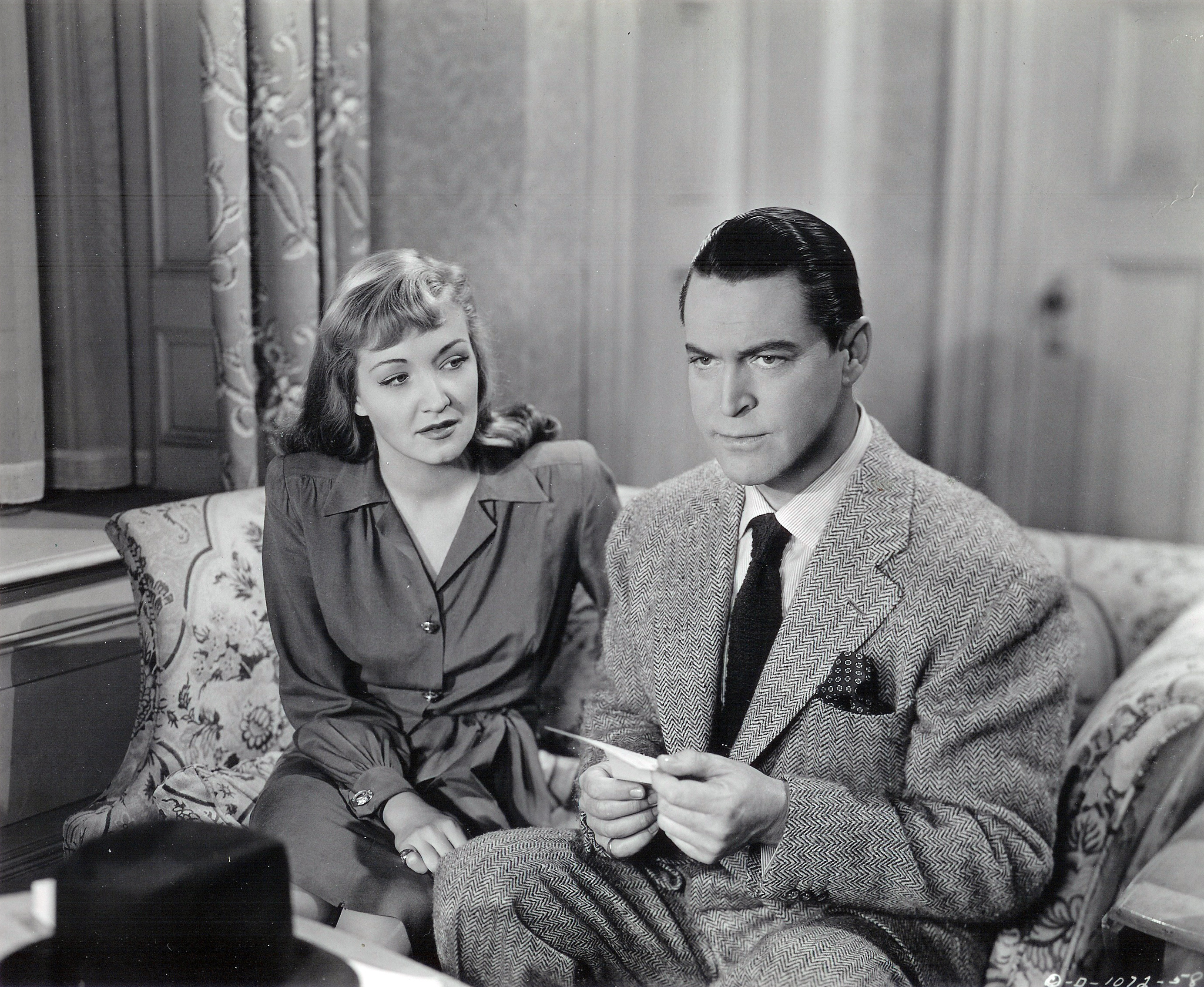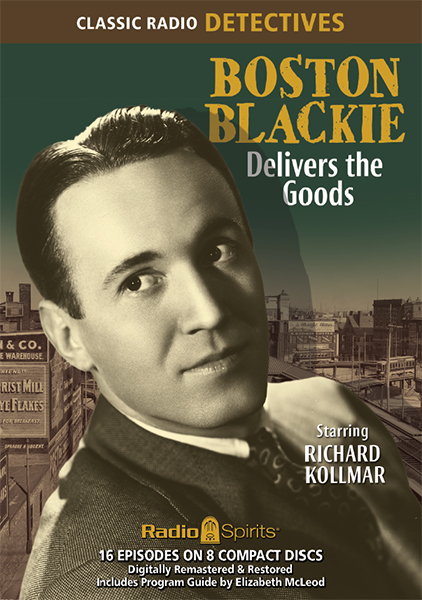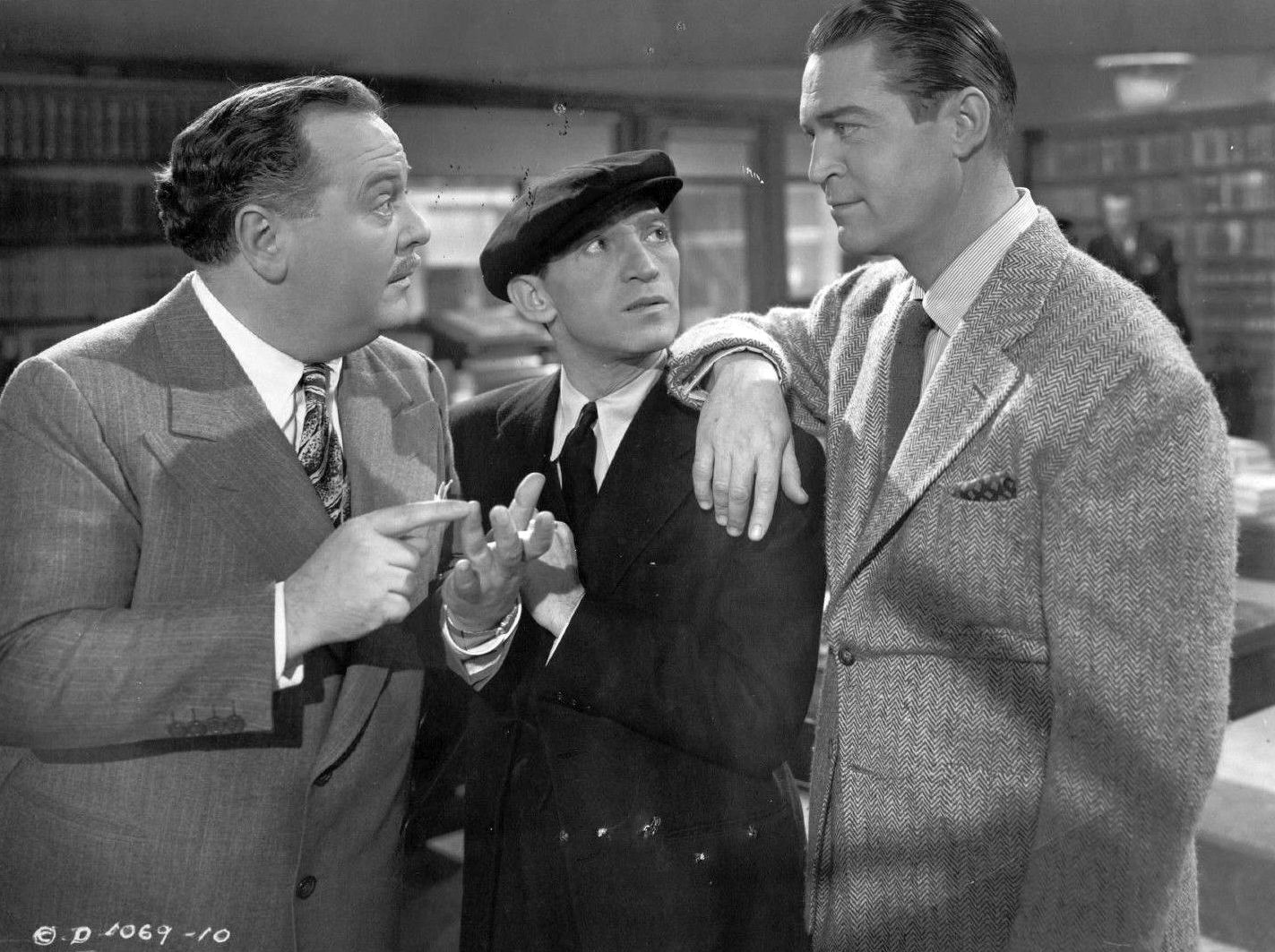“…enemy to those who make him an enemy…friend to those who have no friends…”
Posted by Ivan G. Shreve, Jr. on Jun 23rd 2018
The debate as to whether prisons can successfully reform those individuals who have strayed off the straight-and-narrow will rage on as long as those edifices are being built…but we’d like to present Exhibit A as an example of how the inside of those four gray walls can do wonders for a man. His name is Jack Boyle, a San Francisco newspaperman whose opium habit led him to kiting checks (a little slang for writing bad ones) and then robbery. It was this last bit of business that led to his conviction, and while serving his sentence in San Quentin, Boyle fell back on his journalistic pursuits to create a character named “Boston Blackie,” professional safecracker and jewel thief.
Boyle’s first Blackie story, “The Price of Principle,” appeared in The American Scene Magazine in July of 1914—written under his pen name, “No. 6066” (his prison identification). He followed “Principle” with three additional tales of the thief, and eventually reached a point (beginning in 1917) where stories of Boston Blackie began to appear regularly in periodicals like Redbook and Cosmopolitan. Boston Blackie would later achieve fame in the movies and on television…but it was on this date in 1944 that “Horatio Black” began entertaining radio listeners with a program that remains one of the most fondly remembered of Radio’s Golden Age.
To call Boyle’s Boston Blackie a crook and con artist would do a disservice to this anti-hero. Blackie had reformed (like his creator) and became more of a modern-day Robin Hood. He did all right for himself in the short story arena, but Blackie’s fame really took off when one of Boyle’s short stories, “Boston Blackie’s Little Pal” (published in Redbook in June of 1918), was adapted for a feature film that same year starring Bert Lytell as Blackie. Lytell reprised the role in 1919’s Blackie’s Redemption, but in-between those two features there was 1919’s The Poppy Girl’s Husband (with Walter Long as Blackie) and The Silk Lined Burglar (with Sam De Grasse). The Blackie films proved so popular that Boyle collected many of the previously published short stories for a book release, Boston Blackie, in 1919. (Boyle revised and rearranged the stories to form a more cohesive narrative for the benefit of those encountering his creation for the first time.)

Six additional Boston Blackie features were produced during the 1920s featuring a variety of actors portraying the character—the best known is probably Lionel Barrymore, who starred in 1922’s The Face in the Fog (released by Paramount). After 1927’s The Return of Boston Blackie (with Raymond Glenn as Blackie), Horatio was absent from the silver screen until 1941, when Columbia Pictures instituted a series of B-pictures starring Chester Morris. The first entry in this series, Meet Boston Blackie (1941), may have been produced with economy in mind…but it was very successful at the box office, with solid entries like Confessions of Boston Blackie (1941) and Boston Blackie Goes Hollywood (1942) following in its wake. In the Columbia series, Horatio “Boston Blackie” Black was an ex-con who frequently found himself the chief suspect in murders and jewel thefts (due to his reputation) and was frequently pressed into solving the crimes as an amateur detective, staying one step of the police…represented by his nemesis Inspector Farraday (Richard Lane). Blackie was assisted by his loyal sidekick, The Runt—portrayed in the series’ entries by George E. Stone, with the exception of the first film (Meet Boston Blackie, Charles Wagenheim) and last (Boston Blackie’s Chinese Venture [1949], Sid Tomack).
The success of Columbia’s Blackie franchise prompted NBC to fashion a radio series for the safecracking sleuth in June of 1944, with Morris and Lane reprising their movie roles of Blackie and Farraday. Blackie lost “The Runt” on radio, but gained a sidekick called “Shorty” and a lady friend named Mary Wesley, portrayed by Jan Miner. Boston Blackie’s first season on radio was a brief one, owing to the fact that it was the summer replacement for Amos ‘n’ Andy, which returned to its regularly scheduled timeslot in September. But on April 11, 1945, Boston Blackie was back on the air in a series produced by syndication pioneer Frederick Ziv. Transcribed for syndication, Boston Blackie would nevertheless air over Mutual and ABC throughout its run, and it starred Richard Kollmar as Blackie, Maurice Tarplin as Farraday, and Lesley Woods as Mary. The Ziv-produced Boston Blackie proved quite popular with audiences, airing on radio until October 25, 1950.
With the advent of television, it was only fitting that Boston Blackie transition to the small screen like so many of its radio brethren and sistren. With the help of Ziv, Horatio Black became a weekly boob tube fixture with a syndicated series, The Adventures of Boston Blackie, that began in September of 1951. Kent Taylor would play the TV Blackie, with Lois Collier as Mary and Frank Orth as Farraday. Though Blackie still hadn’t made an honest woman out of Mary, the couple did have a pet dog (Whitie)…which gave them a sort of Nick-and-Nora vibe. The TV series lasted 58 episodes and, although there were no further adventures after 1953, the show continued to be enjoyed by couch potatoes because…well, like diamonds, syndication is forever.

I know what you’re thinking: the TV Boston Blackie has been MIA for a while now. Fortunately, we have radio—namely, Radio Spirits’ collections Boston Blackie Delivers the Goods and Death Wish, with vintage broadcasts starring Richard Kollmar, Maurice Tarplin, and Lesley Woods. Our shamus compendium, Great Radio Detectives, features a Blackie caper (“Kingston and the Disappearing Office Building”), and there’s Yuletide Blackie with “Stolen Rings at Christmas” on The Voices of Christmas Past. As a bonus, we invite you to check out C.J. Henderson’s (with Joe Gentile) Partners in Crime, which teams our hero with a “League of Extraordinary Gumshoes” that includes Johnny Dollar, Candy Matson, Pat Novak, Mr. Keen and more! Happy anniversary, Blackie!

